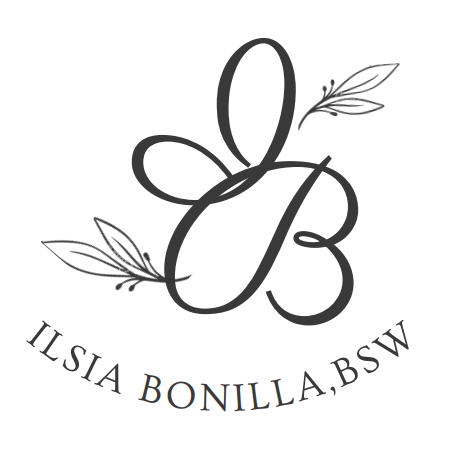Social workers understand that intervention is an ongoing component of the dynamic and interactive process of social work practice with, and on behalf of, diverse individuals, families, groups, organizations, and communities. Social workers are knowledgeable about evidence-informed interventions to achieve the goals of clients and constituencies, including individuals, families, groups, organizations, and communities. Social workers understand theories of human behavior and the social environment, and critically evaluate and apply this knowledge to effectively intervene with clients and constituencies. Social workers understand methods of identifying, analyzing and implementing evidence-informed interventions to achieve client and constituency goals. Social workers value the importance of interprofessional teamwork and communication in interventions, recognizing that beneficial outcomes may require interdisciplinary, inter-professional, and inter-organizational collaboration.
Social workers:
- Critically choose and implement interventions to achieve practice goals and enhance the capacities of clients and constituencies.
- Apply knowledge of human behavior and the social environment, person-in-environment, and other multidisciplinary theoretical frameworks in interventions with clients and constituencies.
- Use inter-professional collaboration as appropriate to achieve beneficial practice outcomes.
- Negotiate, mediate, and advocate with and on behalf of diverse clients and constituencies.
- Facilitate effective transitions and endings that advance mutually agreed-on goals.
- Demonstrate high quality, evidence-informed intervention skills to address complex systems related to client or community needs in different fields of practice.
Intervention is when action is taken place to address the client’s problem. Due to life circumstances, a client can have various problems that may develop later on in life that will require attention. At this stage, a client would need to be re-assed and have an intervention catered to their most recent problem. At the intervention stage, I can see myself being challenged with collaborating with other professionals to get the best outcome for my client. There may be a lack of communication that can interfere with the progress of the client if all information is not shared or updated. I recognize that the type of intervention is important to increase the chance of a positive outcome. I will continue practicing this by researching evidence-based interventions to incorporate with my client’s goals.
Academic Evidence:
1. In the link below you will be directed to a flyer I made for a psychotherapy group I facilitated with a classmate. This was advertised to 18-25 year olds. This group was focused on changing the client’s perspective on their “rock bottom” moments and build resilience. This flyer helped me attract those who wished to improve their mentality and address their problems. In the group I was able to learn more about each individual in attendance and introduce coping mechanisms based on their feedback.
Field Evidence:
2. Interning at the Chattanooga Regional Homeless Coalition has allowed me to interact with clients who are at risk of homelessness. Earlier this year HUD (Department of Housing and Urban Development) has provided the Homeless Coalition with a Flexible Housing Fund to distribute to selected agencies across 11 counties. These funds are used to address specific client needs like first/last months rent and emergency utility bills.
When I met with clients I had to determine if they were eligible for this type of intervention and if it was appropriate for their situation. Below you will find a link to a case note I wrote for a client who was not eligible to receive these funds but with help from my supervisor I was able to find a better resource for the client. The Flex Fund is used as an intervention method for those who meet specific criteria. But if a client is not eligible, I made it my mission to determine what type of intervention is available and will benefit the client’s situation. For this specific case note example, I had to connect my client to various agencies in their region. My client stated that they had a negative experience at a specific agency so I noted her feedback to follow up on that complaint and negotiated what agencies were available to them that can meet their needs.
Chattanooga Regional Homeless Coalition Helpline- Case Note
Flexible-Housing-Fund-Guidelines
3. After assessing the client and enter all of their updated information on HMIS, I will then direct myself to the resource list to find which agency will best fit their needs in the county they prefer. There are clients who are currently staying in 1 county but are willing to relocate where there are services available. There are also times where clients would like resources in several counties due to their job or based on where loved ones reside. Below you will find a screenshot of a portion of the resource list I use at my internship. It is colored coded to show what agencies specialize in. This makes it easier to read when I encounter multiple clients a day.
